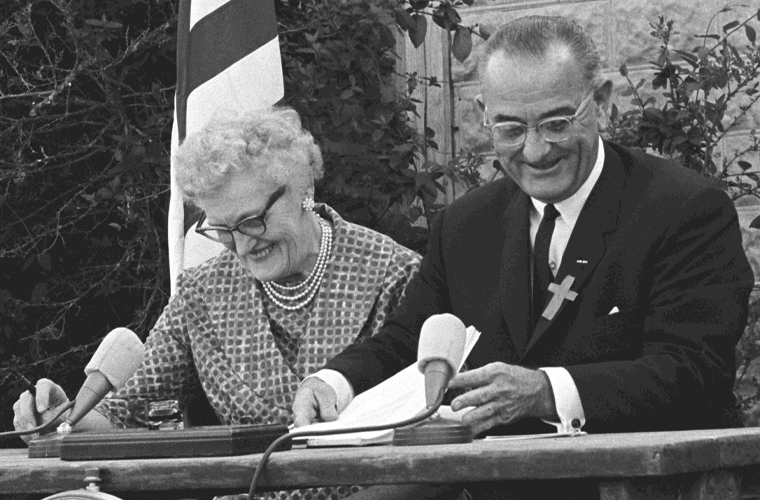The Elementary and Secondary Education Act of 1965, also known as ESEA, is a landmark piece of legislation in the United States that has had a profound impact on the nation’s education system. Enacted as part of President Lyndon B. Johnson’s “War on Poverty,” the ESEA was designed to address the educational disparities that existed between children from low-income families and their more affluent peers.
One of the key goals of the ESEA was to provide federal funding to support the education of disadvantaged students and to ensure that all children had access to a quality education. The legislation aimed to level the playing field for students from low-income backgrounds by providing additional resources to schools that served high concentrations of these students.
In addition to providing financial support, the ESEA also sought to improve educational quality and equity through a variety of other measures. For example, the legislation included provisions for professional development for teachers, support for innovative educational programs, and efforts to improve the quality of instructional materials and resources.
Over the years, the ESEA has undergone several reauthorizations and amendments, with the most recent reauthorization occurring in 2015 with the passage of the Every Student Succeeds Act (ESSA). ESSA made significant changes to the ESEA, including giving states more flexibility in how they use federal funds and placing a greater emphasis on accountability and academic standards.
Despite its impact and importance, the ESEA has not been without controversy. Critics have raised concerns about the effectiveness of the legislation and its ability to close the achievement gap. There have also been debates about the appropriate role of the federal government in education and the balance between federal oversight and state and local control.
Looking ahead, the future of the ESEA remains uncertain. As education continues to evolve and new challenges emerge, policymakers will need to consider how best to support the needs of all students, particularly those from disadvantaged backgrounds. Whether through reauthorization, amendment, or entirely new legislation, the principles and goals of the ESEA will likely continue to shape discussions and decisions about education policy in the years to come.

